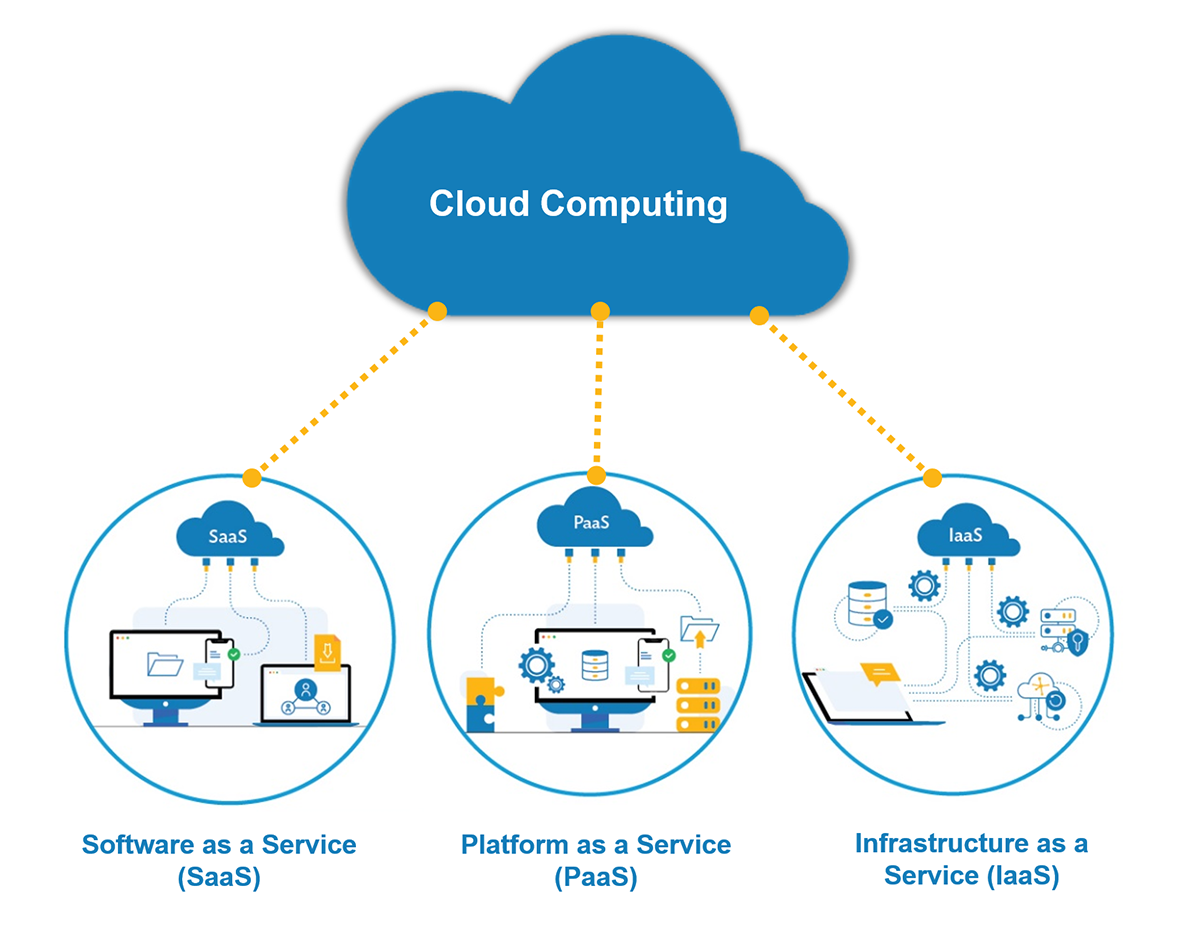Simplify Your Infrastructure With Cloud Services
As services browse the ever-evolving landscape of modern technology and information monitoring, the duty of cloud solutions in streamlining facilities has become significantly noticeable. The appeal of streamlined processes, boosted performance, and enhanced source allotment through cloud remedies is indisputable. Nevertheless, the journey towards an extra cost-efficient and active IT facilities entails more than simply migrating to the cloud. It calls for a strategic approach and a deep understanding of the subtleties of cloud adoption. So, just how can companies effectively browse this transition and absolutely unlock the potential of cloud solutions for simplifying their framework?
Advantages of Cloud Services
Cloud services provide a structured method to handling IT facilities, offering organizations with cost-efficiency, scalability, and adaptability. Among the key benefits of cloud services is the scalability they provide. Businesses can quickly scale their resources up or down based on demand, guaranteeing they only pay for what they use. This flexibility is especially useful for businesses with fluctuating needs or those experiencing growth.
In addition, cloud services remove the demand for businesses to spend in pricey equipment and software program. This cost-efficiency is a substantial advantage, specifically for tiny to medium-sized enterprises looking to decrease ahead of time prices. By utilizing cloud services, companies can access top notch IT resources without the large rate tag associated with traditional framework arrangements.
Additionally, cloud solutions provide businesses with the flexibility to access their data and applications from anywhere with an internet connection. This level of accessibility improves collaboration among teams, enables remote work, and boosts general efficiency. The adaptability used by cloud services equips companies to adapt rapidly to altering market problems and client demands.
Expense Savings and Scalability
In addition to the operational benefits highlighted earlier, the combination of cloud solutions right into a company's infrastructure comes up with significant expense financial savings and enhanced scalability. Cloud solutions offer a pay-as-you-go model, permitting businesses to range resources up or down based upon current requirements, thereby avoiding the costs associated with maintaining excess ability. This versatility allows companies to adjust rapidly to changing needs without sustaining unneeded expenditures.
Furthermore, cloud services eliminate the need for ahead of time financial investments in software and hardware, reducing capital investment. Business expenses are also decreased as companies no more require to manage and preserve physical servers, causing reduced energy consumption and IT staffing prices. Furthermore, cloud solutions provide automatic updates and upkeep, guaranteeing that the facilities continues to be safe and secure and updated without requiring manual treatments.
Enhanced Protection Actions
Applying strict protection procedures is paramount when integrating cloud solutions right into a business's infrastructure to guard sensitive information and guarantee conformity with sector laws. Cloud solution carriers offer improved safety and security functions such as information file encryption, firewall software protection, and multi-factor authentication to mitigate cybersecurity dangers.
Additionally, routine safety and security audits and conformity evaluations help guarantee and recognize vulnerabilities adherence to market requirements. Business can likewise take advantage of functions like automated protection updates and real-time hazard tracking provided by cloud service carriers. By focusing on safety procedures and remaining aggressive in my site resolving potential dangers, services can with confidence leverage cloud solutions while safeguarding their important data from unapproved access or violations.
Transitioning to Cloud Framework
To effectively incorporate cloud services right into a business's infrastructure, an organized approach that attends to the shift in the direction of cloud-based solutions is vital. Transitioning to cloud framework involves cautious preparation and execution to make sure a smooth migration process. The initial step is to analyze the current facilities and determine which applications and systems appropriate for movement to the cloud. This analysis should take into consideration elements such as data level of sensitivity, conformity demands, and efficiency demands.
Once the assessment is complete, a movement technique should be established. This method should lay out the timeline, resources, and obligations for moving each component to the cloud. It is important to interact this plan clearly to all stakeholders to guarantee positioning and decrease disruptions throughout the change.
During the movement process, testing and tracking are important to recognize and resolve any kind of problems quickly. Routine checkpoints should be developed to track progression and make needed changes. Furthermore, training for employees on making use of cloud solutions must be given to make sure a successful change and make the most of the benefits of the brand-new facilities.
Best Practices for Cloud Fostering
Effective adoption of cloud solutions rests on the tactical placement of service goals with technical abilities and business readiness. To make certain a smooth shift to the cloud, companies need to Our site start by performing a detailed assessment of their existing framework and determining which work are best suited for cloud movement. It is critical to include key stakeholders from various divisions in the decision-making process to acquire buy-in and resolve any worries early.
Another finest practice for cloud adoption is to prioritize security and compliance. Organizations needs to carefully review the safety steps offered by cloud solution suppliers and ensure that their data is protected according to sector standards and regulative demands. Executing durable data file encryption, accessibility controls, and normal safety audits can aid reduce dangers related to cloud fostering.

Verdict

As companies browse the ever-evolving landscape of innovation and information administration, the function of cloud solutions in simplifying facilities has actually come to be progressively famous - linkdaddy cloud services press release. How can services efficiently browse this transition and really open the possibility of cloud services for streamlining their infrastructure?
Cloud services use a structured approach to managing IT facilities, supplying organizations with scalability, cost-efficiency, and flexibility. By making use of cloud solutions, organizations can access premium IT sources without the hefty cost tag connected with traditional infrastructure configurations.
To make certain a smooth change to the cloud, companies need to begin by carrying out a detailed analysis of their present facilities and determining which workloads are best fit for cloud migration.